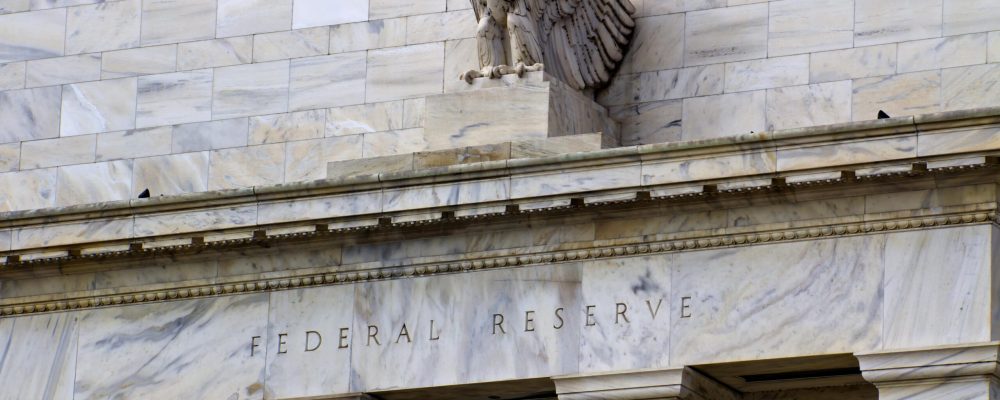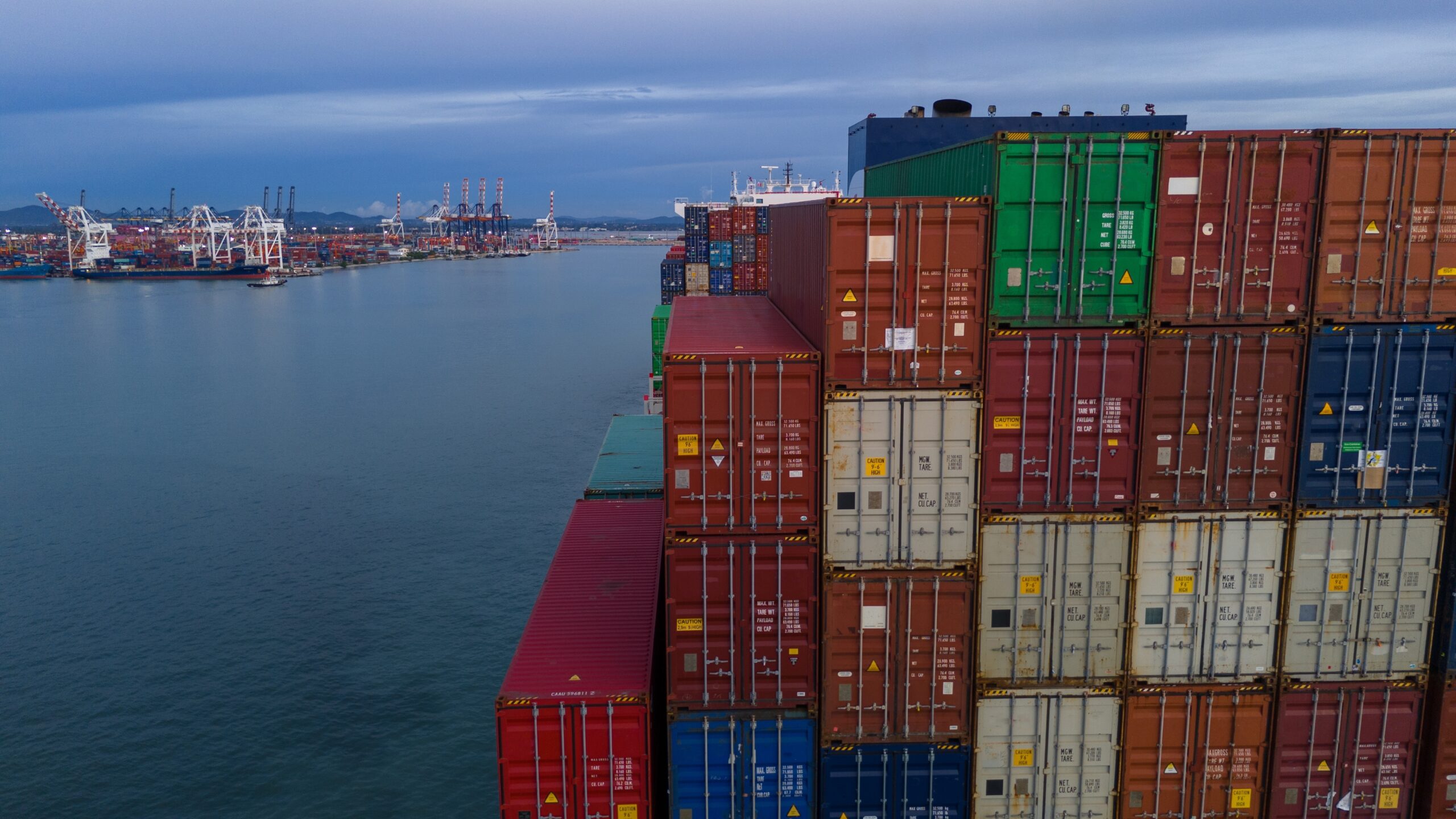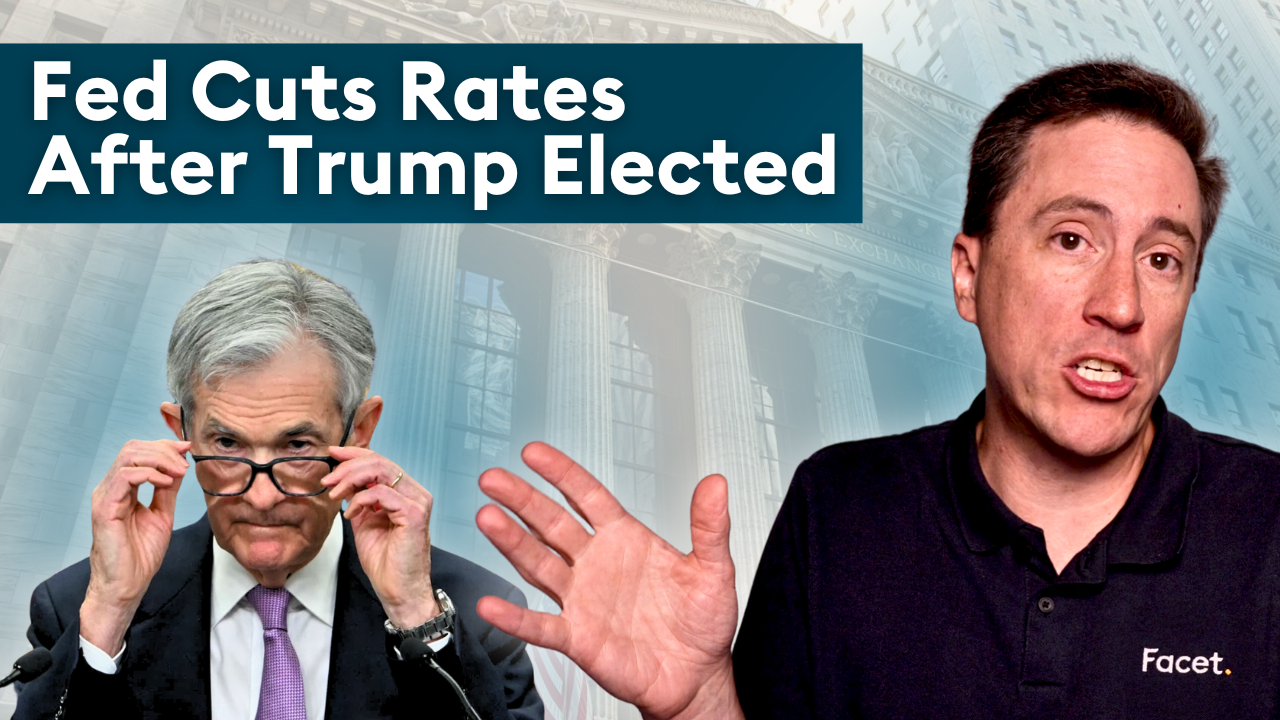
Key takeaways
- On November 2nd 2022, the Federal Reserve raised its target interest rate by 0.75%
- Fed Chair Jerome Powell says that it is time to shift from focusing on the “pace” of rate hikes to how high the “level” of the Fed’s target rate ultimately reaches
- With the economy showing at least some early signs that it might be slowing down, the Fed knows they could be closer to the level of rates where inflation starts to fall
- During his press conference, Powell said several times that it was “premature” to talk about a pause
On November 2nd, the Federal Reserve raised its target interest rate by 0.75%, marking the fourth hike of that magnitude in as many meetings. However, the big news was that they signaled that, barring a surprise, this would be the last of the 0.75% hikes. So while further hikes are still very possible, they will likely be coming at a slower pace from now on.
Here’s what that means for investment markets, the economy, and your portfolio.
Hinting at a slower pace of rate hikes
For a few months now, Fed Chair Jerome Powell has said that “at some point,” it would make sense to slow the pace of rate hikes. However, at this particular meeting, he was much more explicit.
He said it was time to shift from focusing on the “pace” of rate hikes to how high the “level” of the Fed’s target rate ultimately reaches.
Previously, Powell said they primarily focused on the pace. They knew inflation was too high, and the economy showed no signs of slowing. So, by rapidly hiking rates, the Fed quickly increased borrowing costs for both businesses and consumers. The idea behind this was to slow the pace of spending, which would hopefully slow the pace of inflation.
Now, Powell is saying they are more focused on getting to a level of their target rate that is adequately high to curb inflation. He suggested they may be close to such a level, but they can’t be sure. So logically, that implies that rate hikes will be slower from here out.
The Fed’s commitment to fighting inflation has not changed
It may seem odd for the Fed to be talking about slowing the pace of rate hikes when inflation remains so high. However, while inflation is somewhat lower than in the summer, it is still very near a 40-year high. The Fed finds this unacceptable and will do whatever it takes to bring inflation down to normal levels. That includes causing a significant economic slowdown and/or higher unemployment. Powell reiterated these points in the press conference following this meeting.
So why talk about slowing the pace of hikes now? Because the Fed is starting to see that rate hikes are having an effect. As we said above, the Fed fights inflation by slowing the pace of spending. They accomplish this by making it more expensive to borrow money, which should result in less spending on big-ticket items, including houses, cars, and business equipment.
Signs that rate hikes are taking effect and the economy is cooling
When the Fed starts hiking rates, they never quite know how high they need to go before it starts having an effect. They only know when they start seeing spending activity slow. Right now, we are starting to see these signs.
Activity in the housing market is where it is most obvious. The pace of new home sales has declined by 28% since the start of the year. We also see a slowdown in business spending, albeit a much more modest decline than housing. Lastly, there are some nascent signs that the pace of hiring is slowing. The economy added 263,000 jobs last month, down from an average of 444,000 per month in the first six months of 2022.
With the economy showing at least some early signs that it might be slowing down, the Fed knows they could be closer to the level of rates where inflation starts to fall. Given that, it makes sense to slow the pace of hikes down a bit. After all, they want to hike enough to slow the economy slightly but not so much that they cause a major recession.
Delay between Fed hikes and an impact on inflation
The other issue is that monetary policy operates with a lag. That means that when the Fed hikes, the full impact of that rate hike isn’t felt for several months. Put another way, the Fed has hiked by 3.75% so far this year, but maybe only 1 or 2% of that has been in place long enough to fully affect the economy.
It is like throwing a pebble into a pond. It takes time for the waves to work their way outward from the initial splash. With the Fed seeing some signs of the economy slowing already and knowing that more waves are still to come from previous pebbles thrown into the pond, they want to be smart about how many more they toss in.
The beginning of the end of rate hikes?
We think the Fed is trying to create something of an “off-ramp” for themselves. If inflation starts to slow more rapidly, they want to be able to stop hiking. But if inflation stays uncomfortably high, they want the ability to keep hiking.
This tells us that for the first time all year, there could be light at the end of the rate hike tunnel. Of course, the Fed is absolutely committed to bringing inflation down, so Powell will keep hiking as long as it takes to achieve that goal. But by slowing the pace now, they at least have opened the door to pausing rate hikes sometime in early 2023.
During his press conference, Powell said several times that it was “premature” to talk about a pause, and we understand why he would say that. But in our view, it wouldn’t take much in the way of softer data to put a pause on the table. Moreover, the first meeting of 2023 isn’t until February 1, nearly three months away. That’s a lot of time for things to change.
What does this mean for your portfolio?
It is still too early to know if interest rates will stop rising, including home mortgage rates or Treasury bond yields. It depends on how inflation and the broader economy develop in the coming months. However, it is good news that we are seeing these early signs that the economy is slowing.
There’s no way for inflation to subside without some decline in spending, and the sooner that happens, the sooner we can get back to a more normal, healthy economy.
For stocks, the message is similar. We have been arguing that for stocks to resume rising sustainably, we first need greater certainty about the Fed’s path. Clearly, the Fed creating this “off ramp” is a step in that direction. Of course, whether this is actually the beginning of the end for rate hikes depends on what actually happens for inflation, but this gives us a clear reason for optimism.


